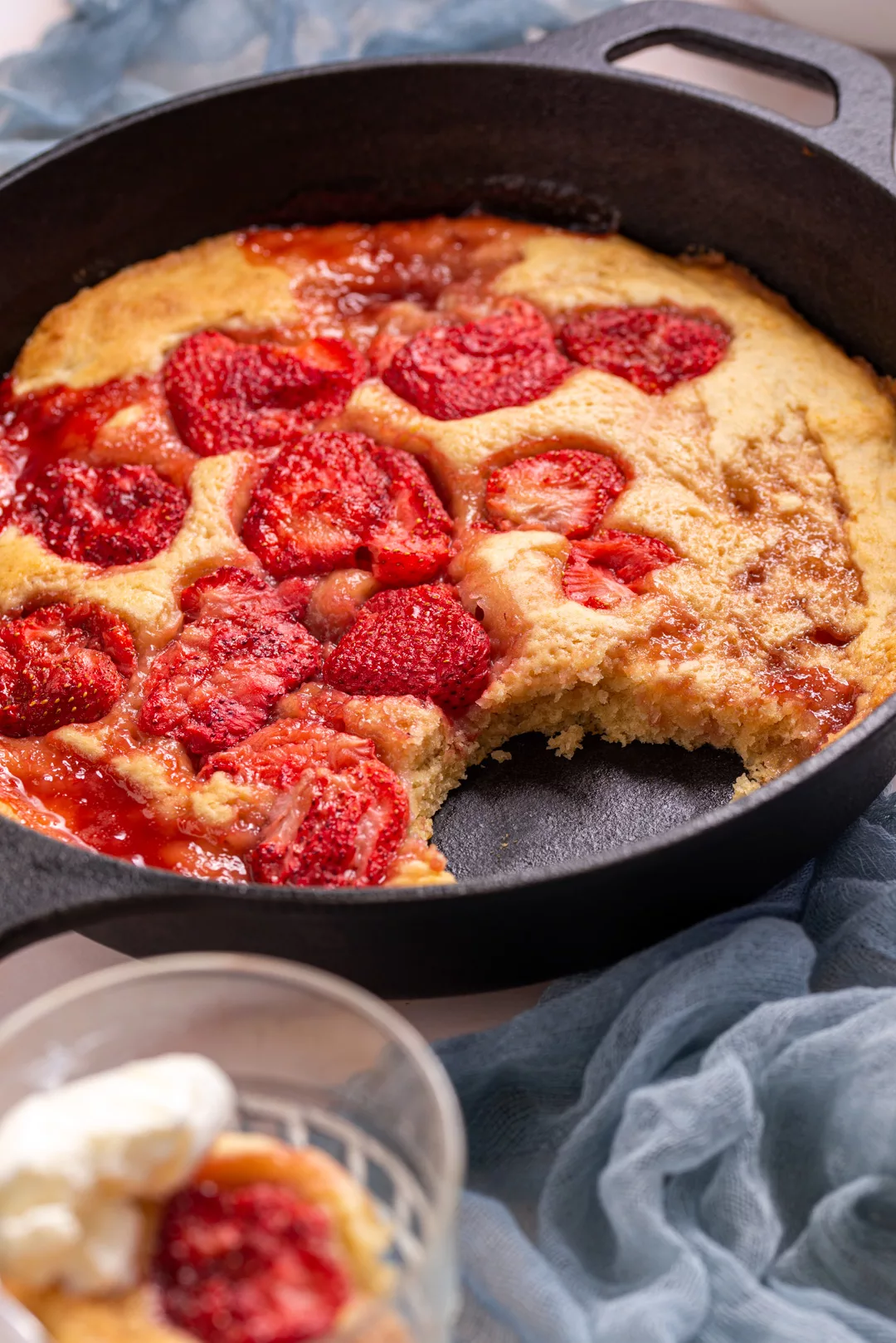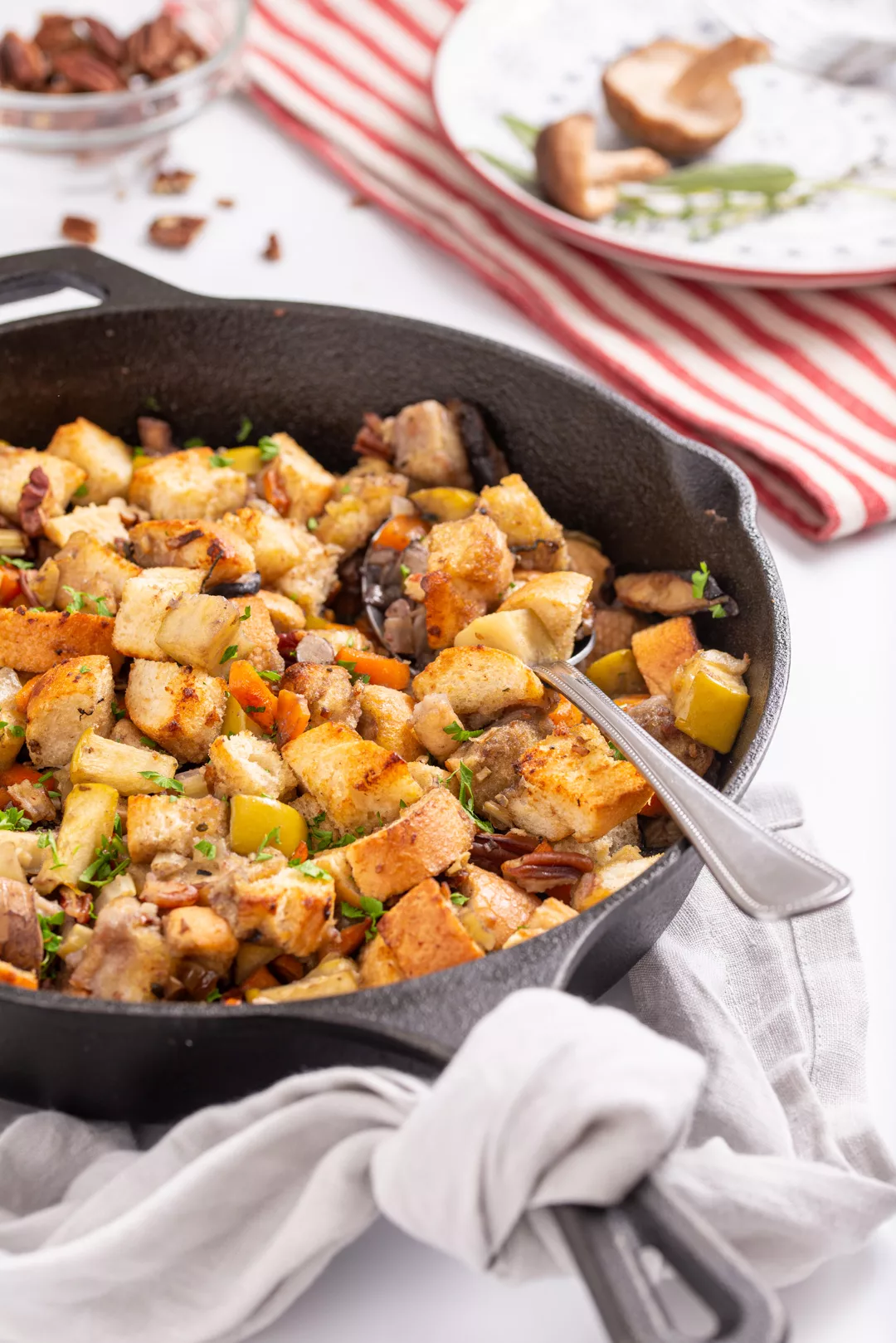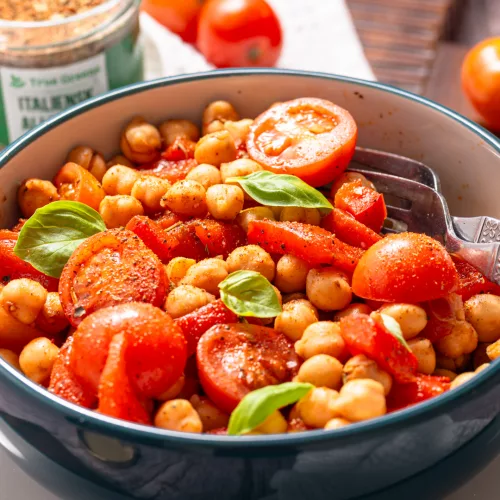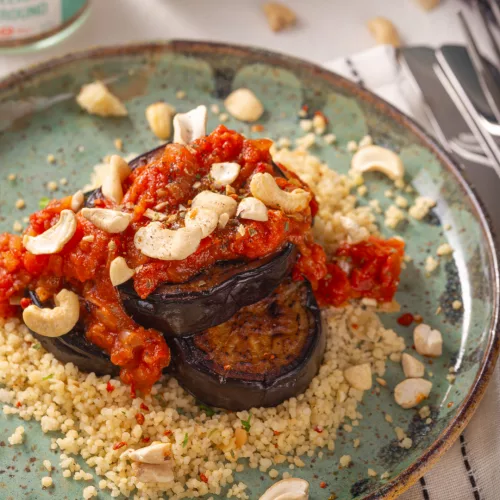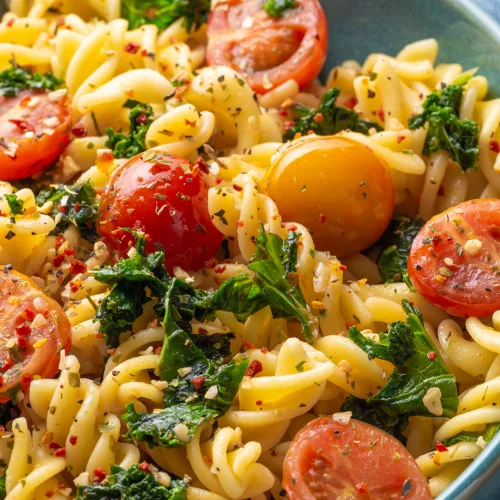Today we delve into the age-old kitchen essential that has stood the test of time and continues to be a cherished companion for food enthusiasts – the cast iron skillet.
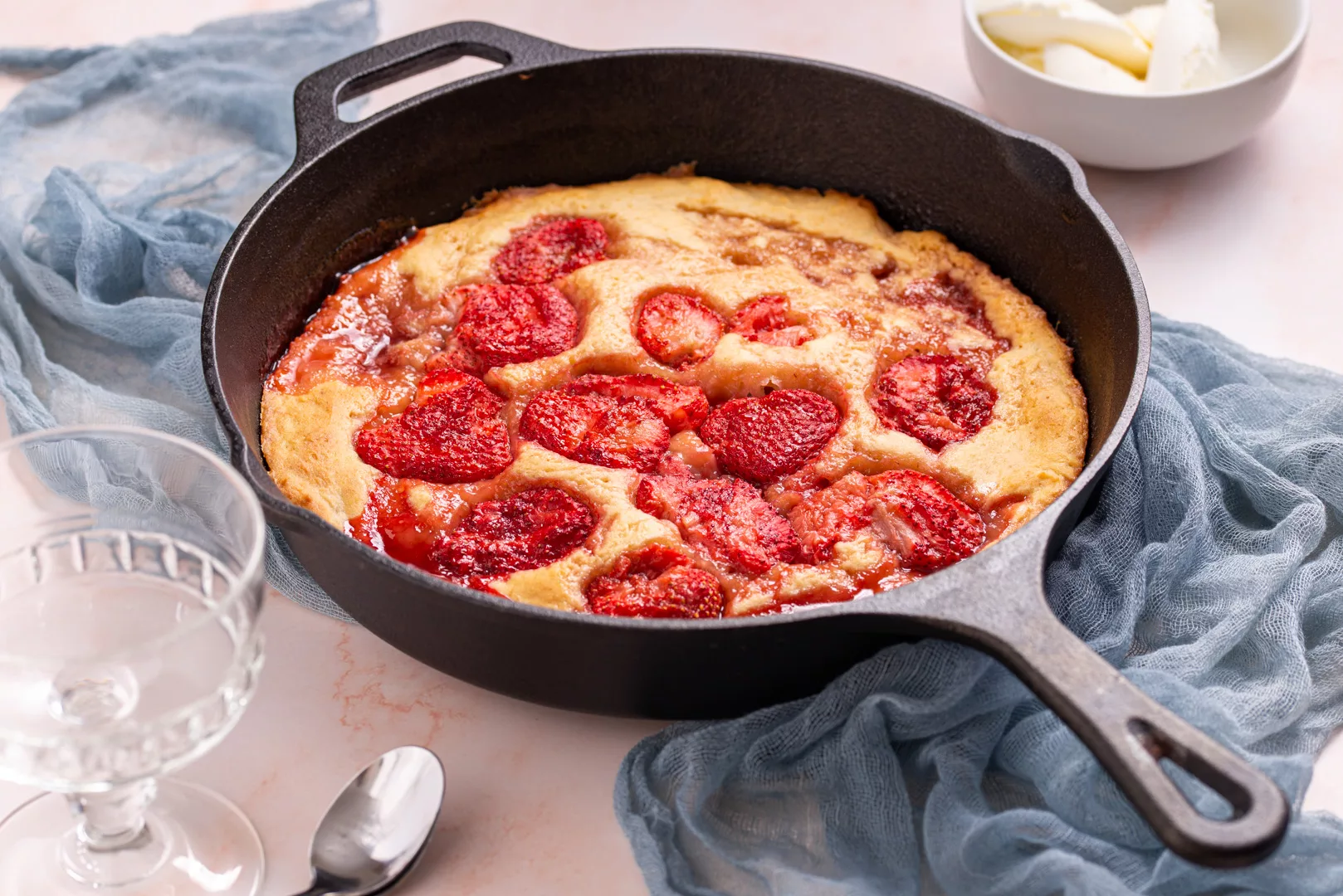
I want to share with you one of my all-time favorite kitchen companions – the mighty cast iron skillet pan.
If you’ve never experienced the wonders of cooking with this versatile piece of cookware, you’re in for a treat! Let me tell you why the cast iron skillet pan has become an indispensable gem in my small kitchen.
First and foremost, let’s talk about versatility
I can’t emphasize enough how incredibly multifunctional this skillet pan is.
From frying up crispy bacon in the morning to sautéing fresh vegetables for a hearty dinner, it handles it all with ease. But it doesn’t stop there! Baking mouthwatering desserts, roasting succulent meats, and even achieving those tantalizing grill marks – all can be done in this one pan.
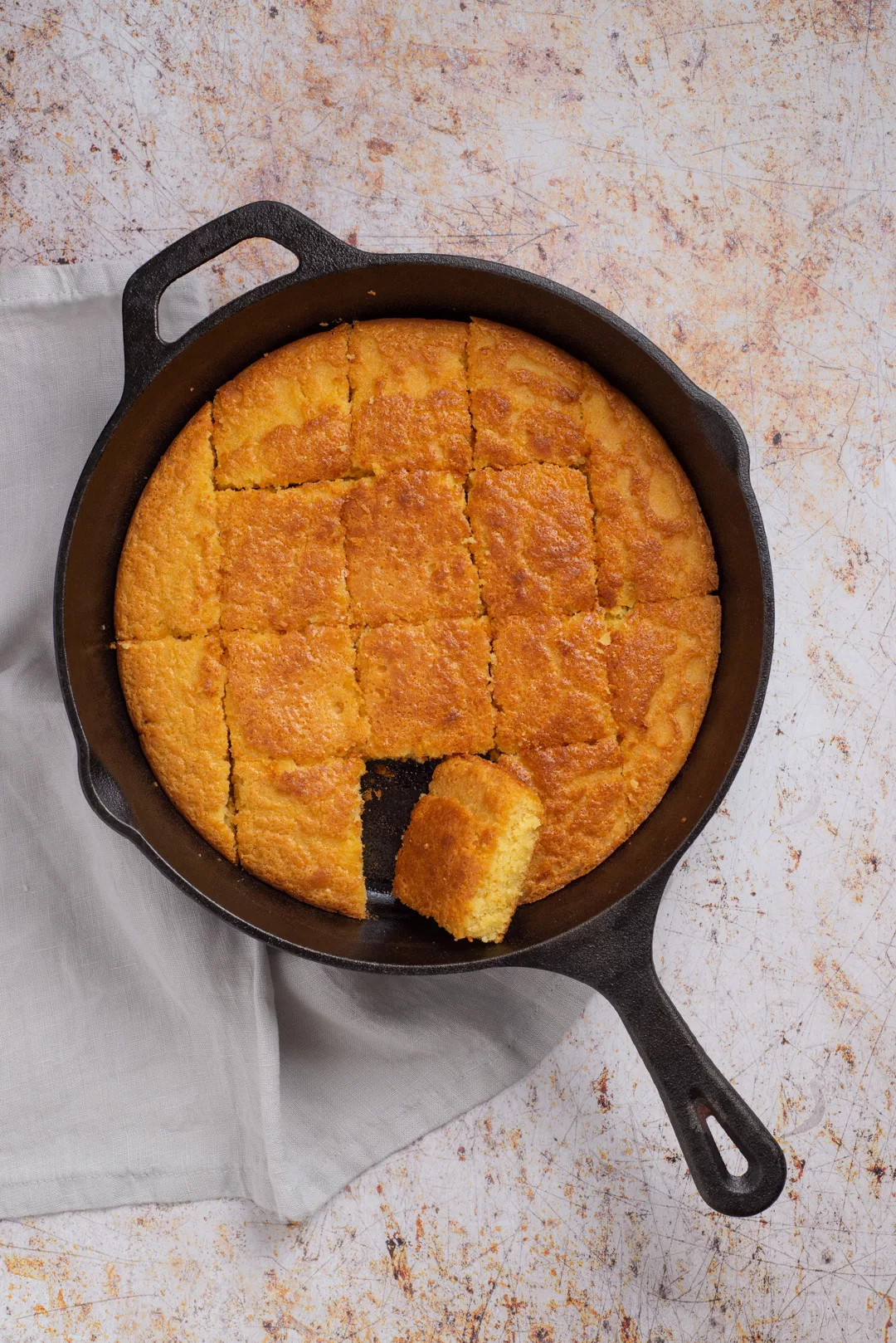
Perfect for small or big kitchens
Now, you might be wondering how this cookware marvel fits into my small kitchen. Let me tell you, it’s like it was tailor-made for compact spaces. The low-profile design and gracefully sloped sides allow me to slide it into the tiniest storage nooks. No more wrestling with oversized pots that take up precious space! Whether I store it in a drawer or hang it on a wall-mounted rack, it never fails to optimize my kitchen organization.
Durability is the second name of Cast Iron Pans
Speaking of optimization, durability is a top priority for me when it comes to cookware. Thankfully, the cast iron skillet pan checks that box with flying colors.
This culinary workhorse can withstand high temperatures without a hitch and remains steadfast against warping. Trust me, I’ve had mine for years, and it’s still performing like a champ. It’s the epitome of longevity in my kitchen, proving to be a sustainable and worthwhile investment.
The Heat distribution is perfect
Now, let’s talk about cooking performance. The cast iron skillet pan’s ability to distribute heat evenly is nothing short of awe-inspiring. No more hotspots or unevenly cooked dishes!
Whether I’m searing a succulent steak or crafting a perfectly golden crust, this pan consistently delivers mouthwatering results. It’s a true game-changer, elevating my culinary adventures to new heights.
Just pop it in the oven
But wait, there’s more! The cast iron skillet pan is not just limited to stovetop cooking. It’s oven-safe too! This means I can seamlessly transition from sautéing on the stovetop to baking in the oven, all in one trusty pan.
With proper seasoning and care, it develops a natural non-stick surface, making cooking and cleanup a breeze. Plus, I can cook with less oil, making my meals healthier without sacrificing flavor.
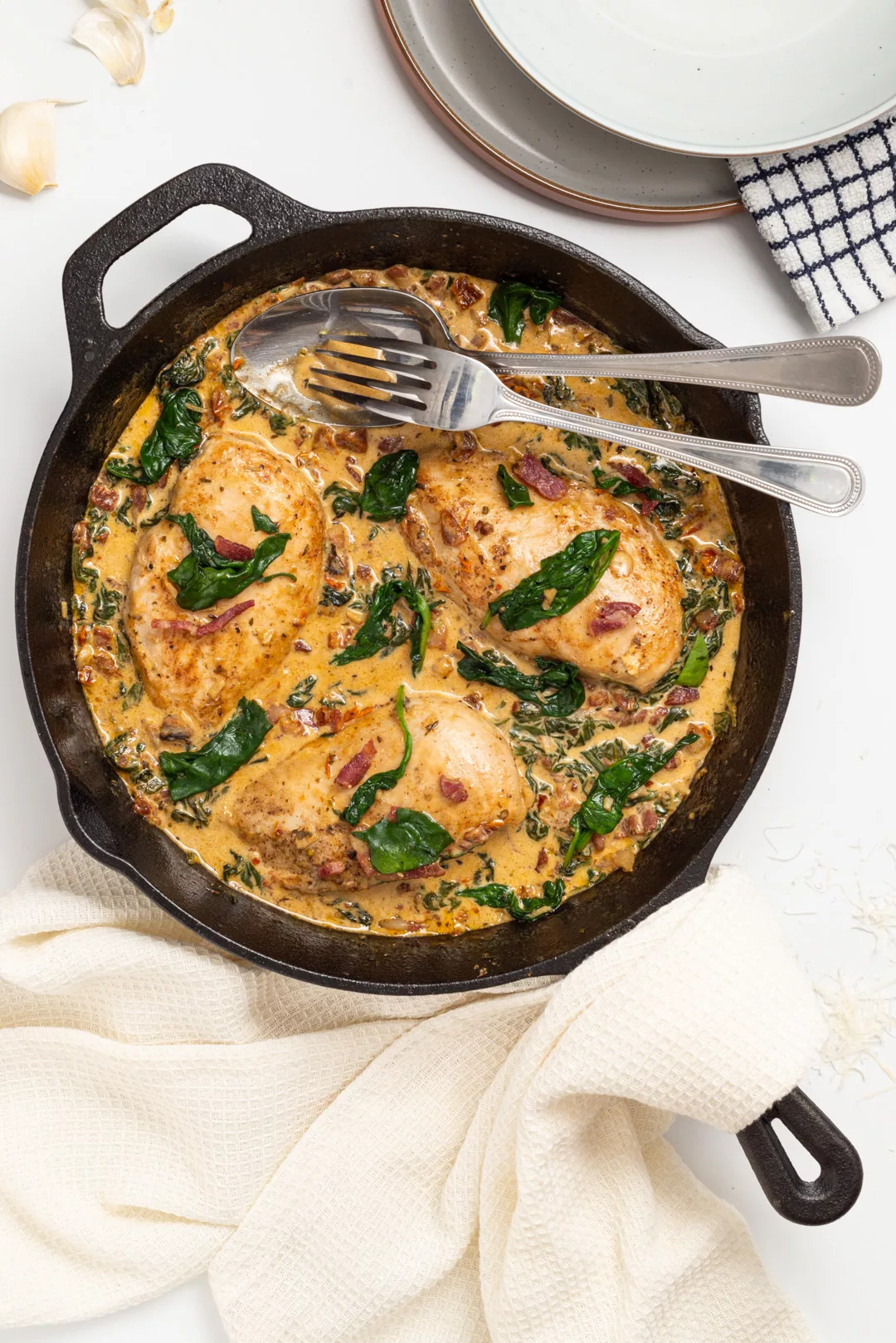
Where to buy yours?
If you’d like to grab a a Cast Iron Skillet like mine, head to Amazon to get it!
Disclosure: This post contains affiliate links, meaning I’ll receive a commission if you purchase through the links on this post, at no cost to you. This supports our site, so thank you!
FAQs
Are cast iron skillets non-stick?
Yes, with proper seasoning and care, cast iron skillets can develop a natural non-stick surface. Regularly applying a thin layer of oil and heating the skillet helps create a smooth and slick coating that makes cooking and cleaning easier.
How do I season a cast iron skillet?
To season a cast iron skillet, start by washing it with hot soapy water to remove any factory coatings. Then, coat the entire skillet with a thin layer of cooking oil or shortening, inside and out. Place it upside down in an oven at 375°F (190°C) for about an hour, allowing the oil to polymerize and create the non-stick layer. Repeat this process as needed to maintain the seasoning.
Can I use soap to clean my cast iron pot?
Yes, it’s safe to use a small amount of mild dish soap to clean your cast iron skillet. Contrary to the myth, soap won’t damage the seasoning if used sparingly. After washing, be sure to dry the skillet thoroughly and apply a thin layer of oil to protect it from moisture.
Are cast iron skillets oven-safe?
Absolutely! Cast iron skillets are oven-safe and can handle high temperatures. They can seamlessly go from stovetop to oven, making them perfect for dishes that require both cooking methods.
How do I remove rust from my cast iron pot?
If your cast iron skillet develops rust, don’t worry – it’s fixable! Start by scrubbing the rusted areas with steel wool or a stiff brush. Once the rust is removed, rinse the skillet thoroughly and dry it completely. Then, re-season the skillet by applying a thin layer of oil and heating it in the oven as described in the seasoning process. Regular maintenance and seasoning will help prevent rust from reoccurring.
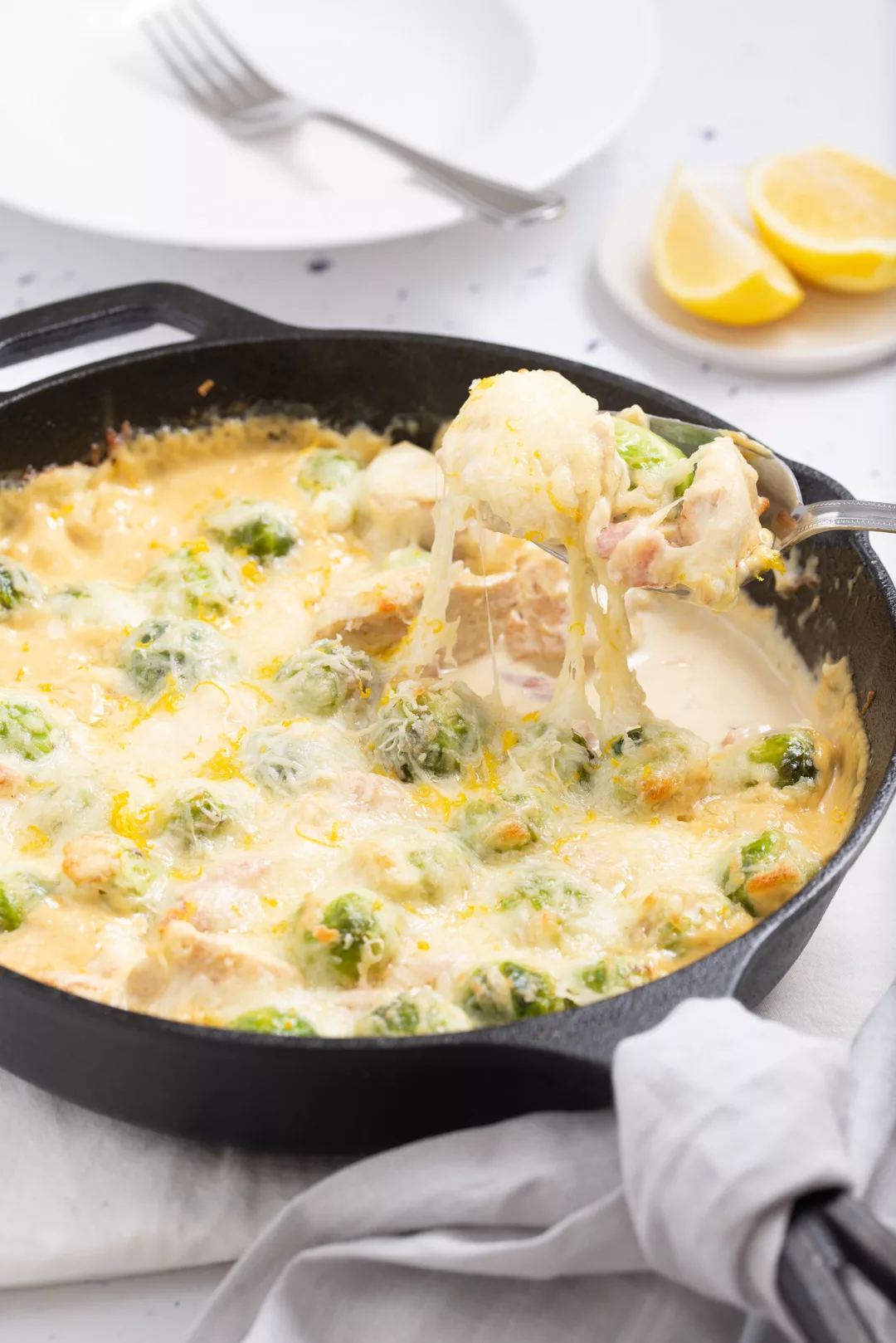
Cleaning and Taking Care of Your Cast Iron Pan
- Cool Down Safely: After cooking, allow the cast iron pan to cool down completely before cleaning. Placing a hot pan under cold water can cause it to warp or crack.
- Hand Wash with Mild Soap: Wash the pan with warm water and a small amount of mild dish soap. Contrary to popular myths, using soap in moderation won’t harm the seasoning. Use a sponge or soft brush to gently scrub away any food particles.
- Avoid Harsh Scrubbers: Avoid using steel wool or harsh scouring pads, as they can strip away the seasoning. Opt for softer scrubbing tools to preserve the non-stick surface.
- No Soaking: Refrain from soaking the cast iron pan in water for prolonged periods. Excessive moisture can lead to rust formation, so clean and dry it promptly after each use.
- Dry Thoroughly: After washing, pat the pan dry with a clean cloth or paper towel. To ensure complete drying, place it on the stove over low heat for a few minutes to evaporate any remaining moisture.
- Apply a Thin Layer of Oil: Once dry, apply a thin layer of cooking oil or solid shortening to the interior and exterior surfaces. This helps maintain the seasoning and prevents rusting.
- Remove Excess Oil: After oiling, use a paper towel to wipe off any excess oil. The pan should have a slight sheen without appearing greasy.
- Store Properly: Store your cast iron pan in a cool, dry place. If you stack pans, insert a paper towel or cloth between them to prevent scratches and promote air circulation.
- Re-Seasoning (if needed): If the seasoning appears worn or there are signs of rust, re-season the pan. Follow the seasoning process by coating the pan with oil and heating it in the oven.
- Regular Maintenance: To keep your cast iron pan in top condition, repeat the seasoning process periodically or when necessary. Regular use and proper maintenance contribute to a well-seasoned, non-stick surface that improves over time.
The cast iron skillet pan is my kitchen soulmate, and it should be yours too! Its unmatched versatility, space-saving design, and long-lasting durability have transformed the way I cook. If you’re looking for a cookware gem that brings culinary wonders to your small kitchen, look no further. Embrace the cast iron skillet pan, and unlock a world of cooking possibilities!
